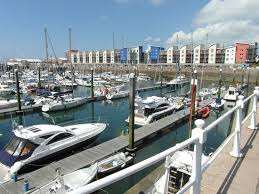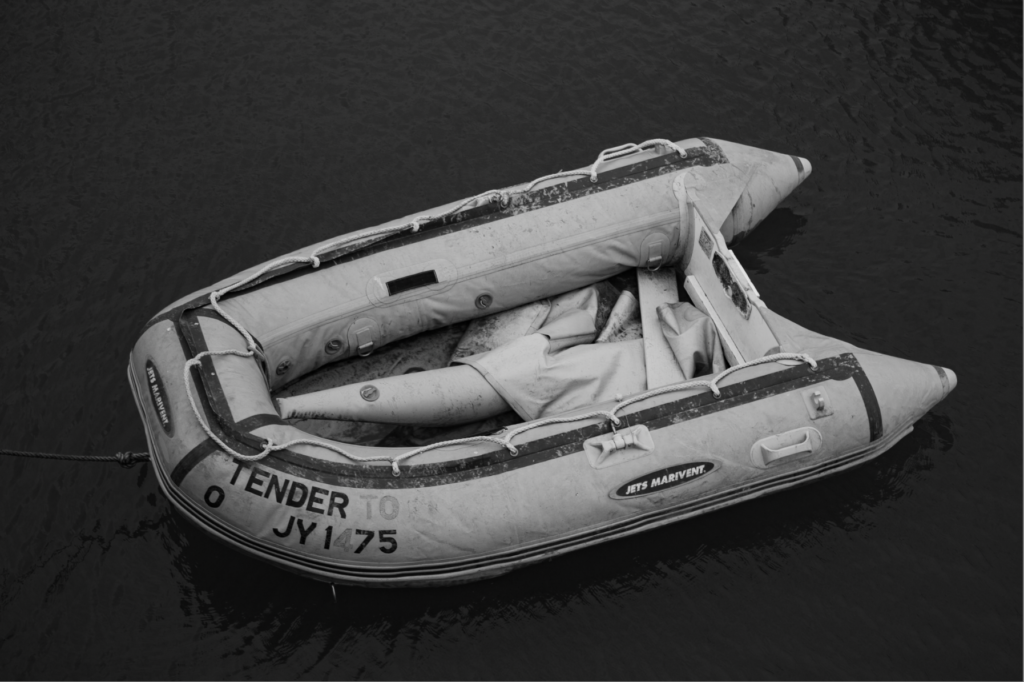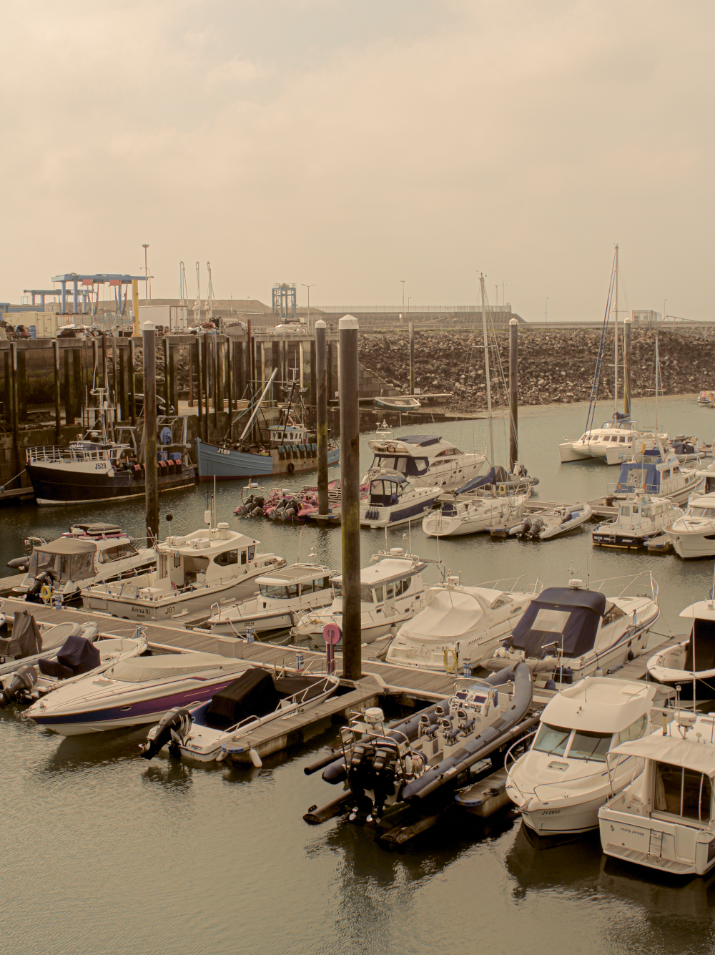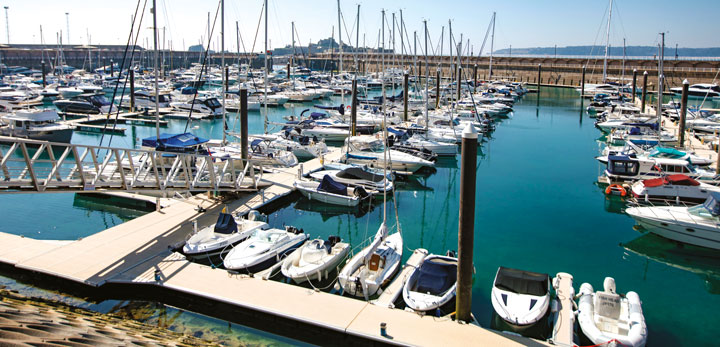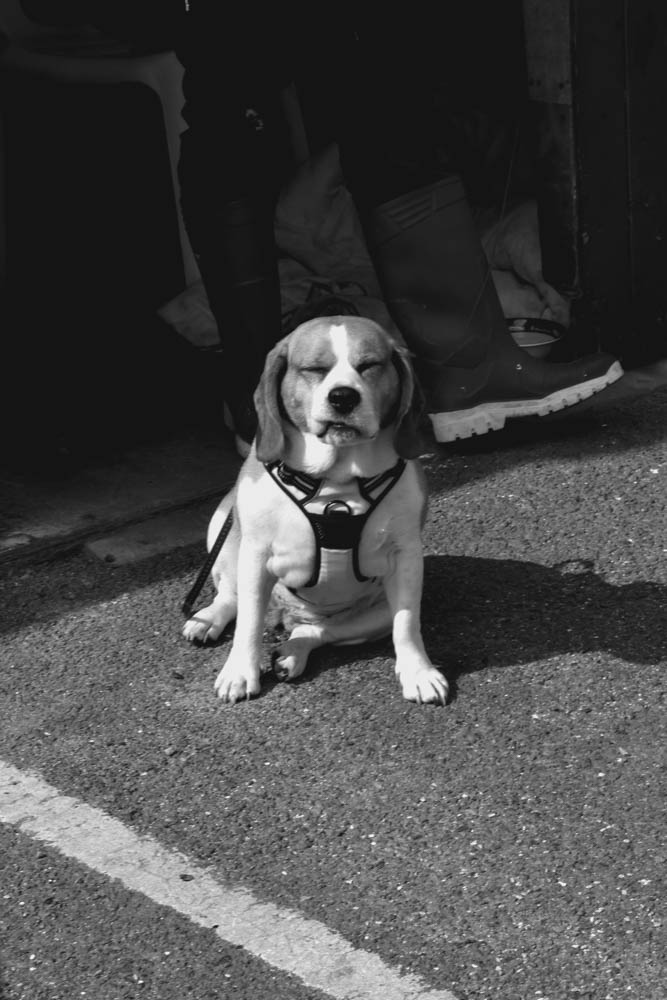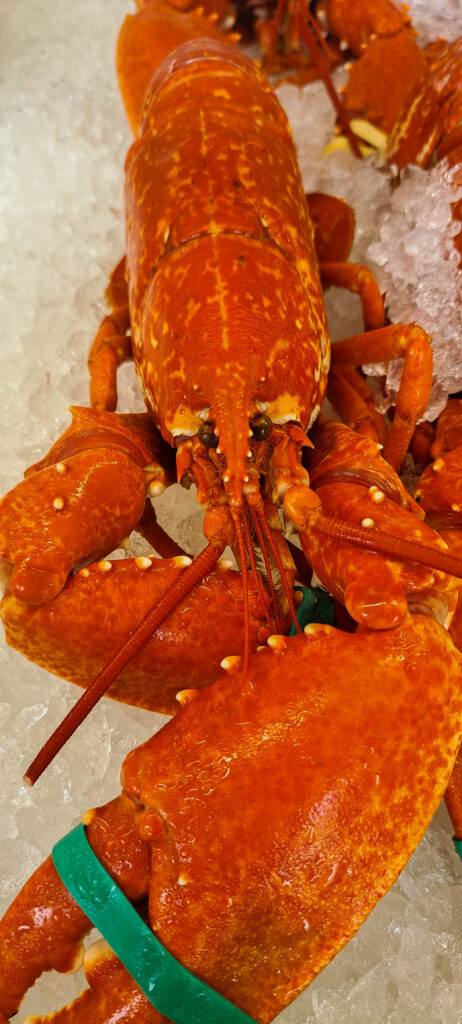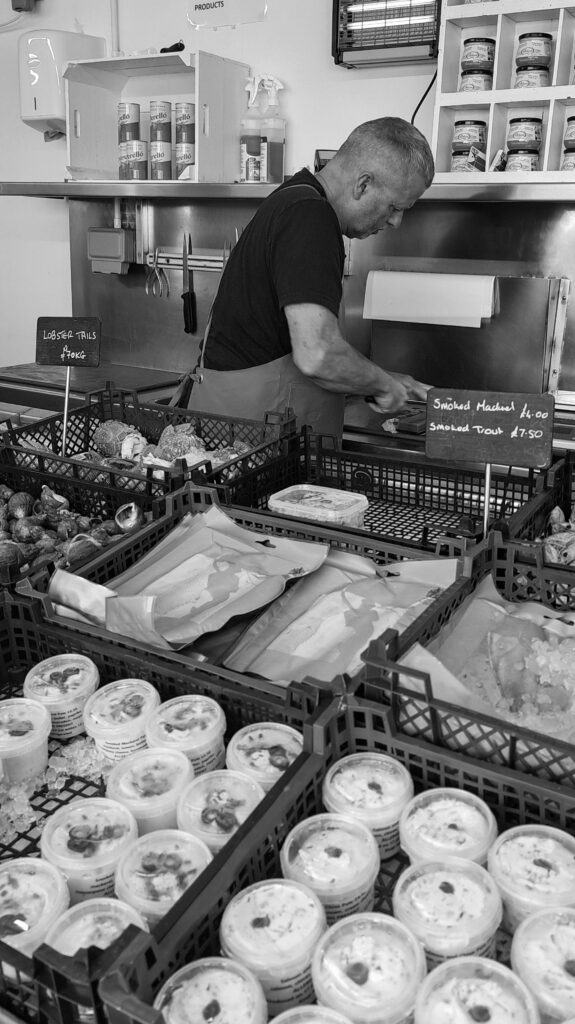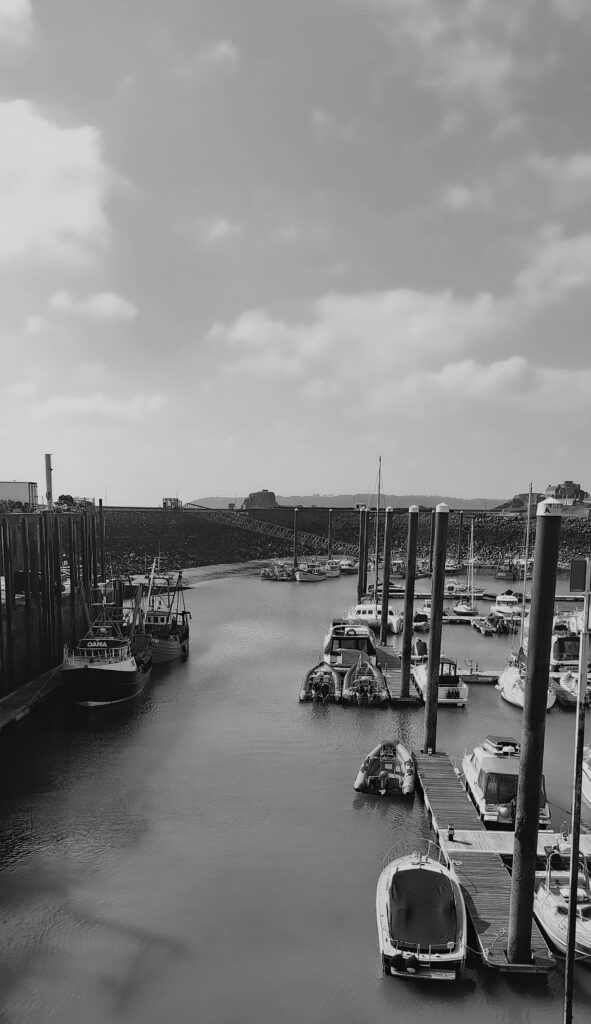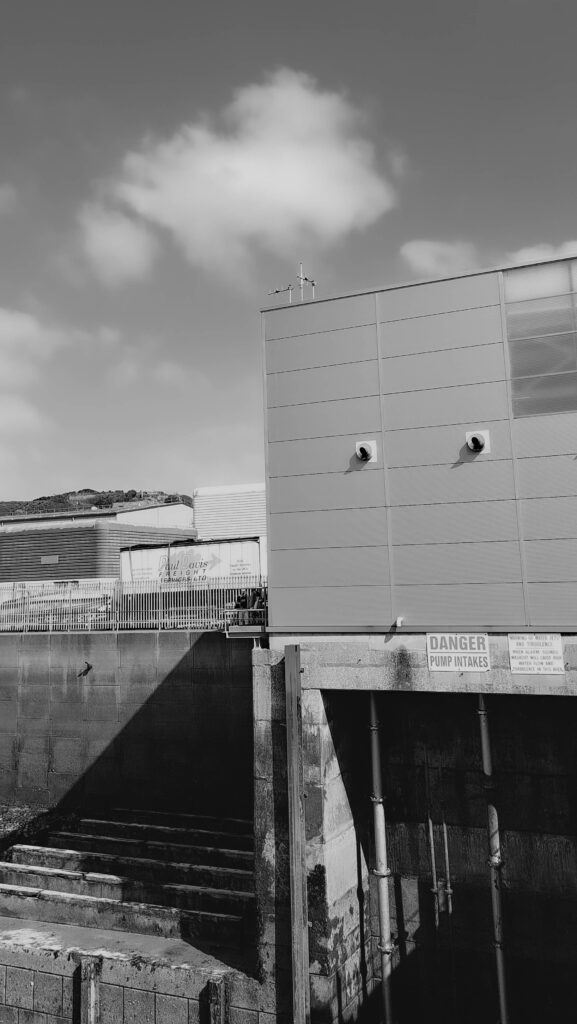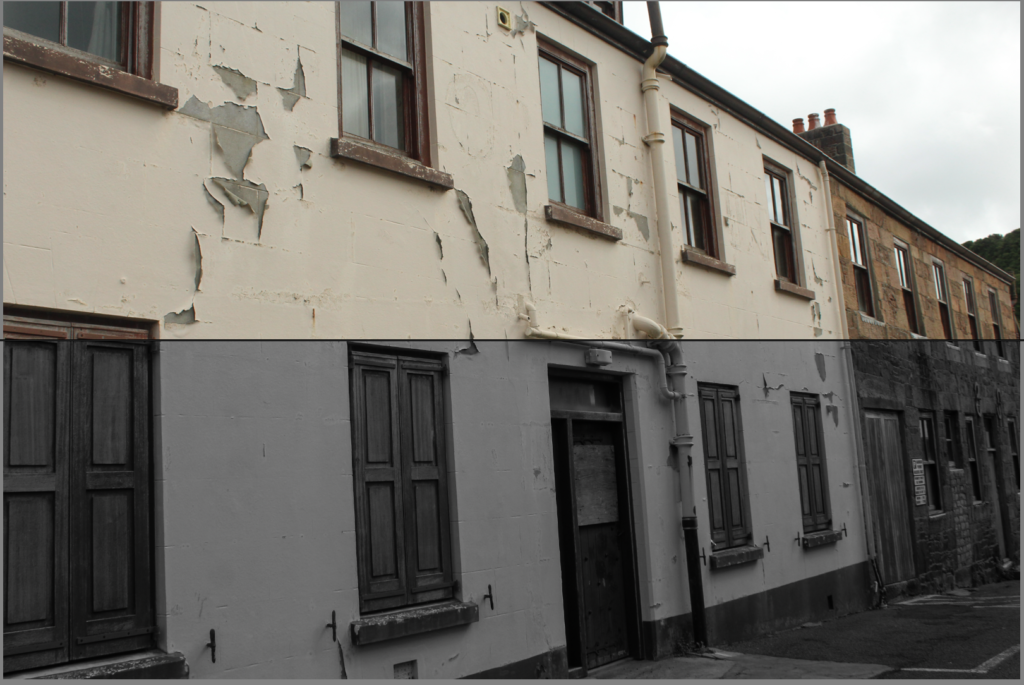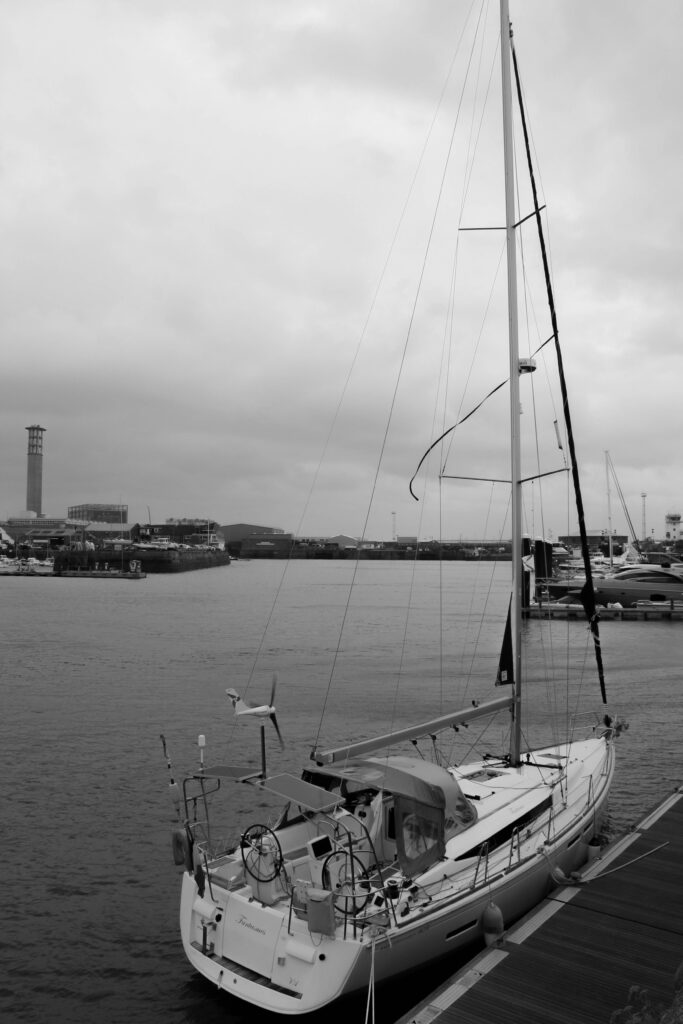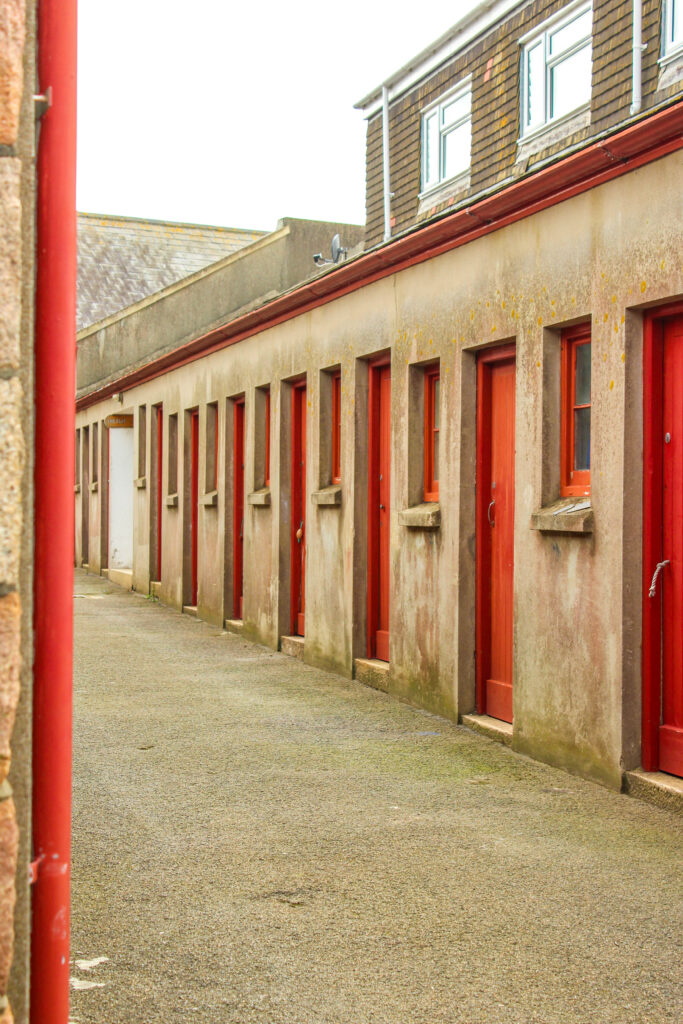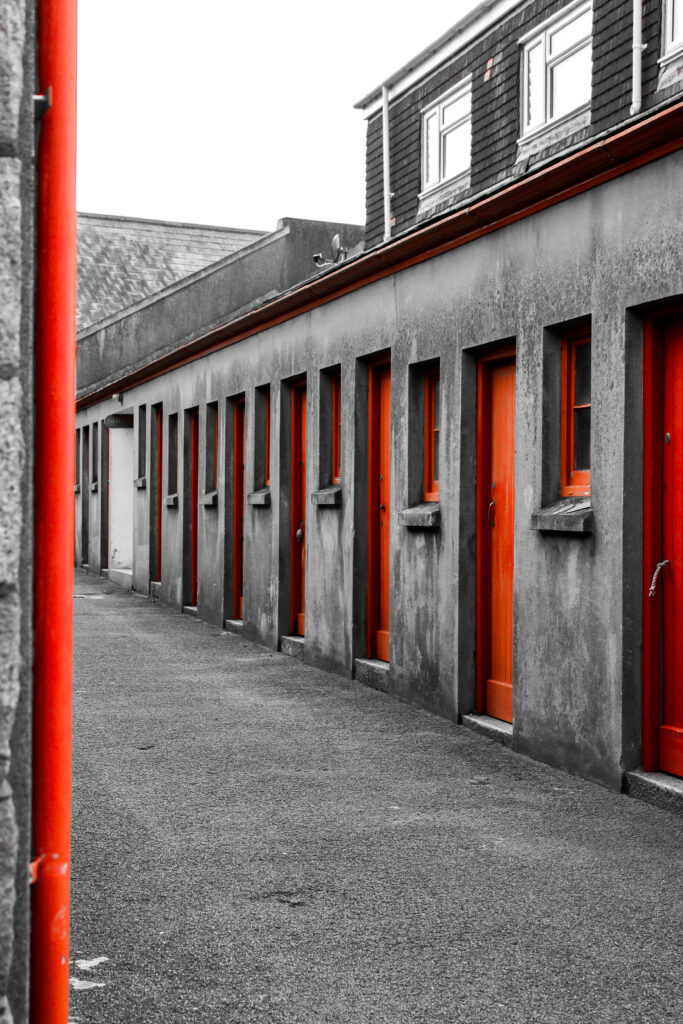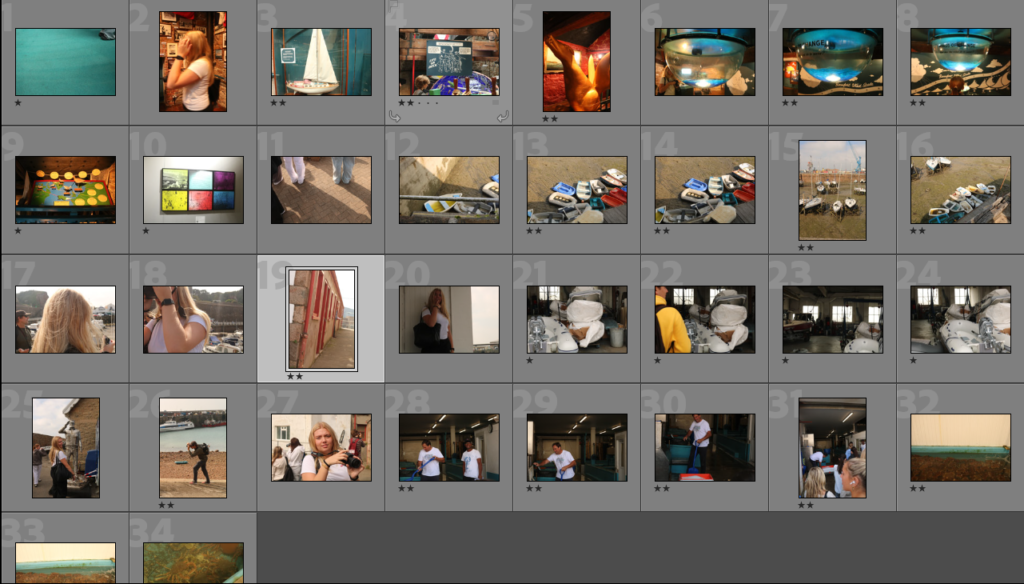The channel islands were separated from mainland Europe, due to rising sea levels in the Neolithic period. After maritime activity began, they desperately needed start trading so over time they became more advanced, built up skills, started earning money and investing capital in maritime businesses.
Roman hoards had later been discovered, however people were unsure of the reason for being on Jersey. Evidence of Roman settlements on the Island show intricate trading networks.
1950 in Canada, After Charles Robins arrival permanent fishing stations were established, having had a com-mission he was given the privilege of trading cod/ other types fish.
What was the involvement of Jersey mariners in the Canadian cod-fisheries and the Transatlantic carrying trade?
Between the 15th to the 18th century, technical and navigation improvements were made enabling ships to have the ability to sail out of sight from land for days. This meant that trade could increase across the channel, and so became involved in the Canadian cod-fisheries. Cod Merchants from Britain were beginning to set up fisheries on the Gaspe coast. The islands were given concessions which were then traded, including dried cod from Newfoundland and Gaspe coast, cloth, wine, wool, leather and household goods.
Jersey’s maritime history of trade and cod triangle links with South America, Newfoundland and Gaspe. Trading mahogany and cod reveal toe between Jersey and the transatlantic slave trade.
Which ports did Jersey ships sail to and trade with? & What type of goods did Jersey merchants exchange for cod-fish?
Jersey cod merchants traded cod across the channel, where the islands were given concessions.
Jersey Merchants were heavily involved in the Atlantic trade, otherwise known as the ‘merchant triangle.’ They traded with concessions such as agricultural or manufactured goods/ products, in which were exchanged in the British Empire, as well as other European colonies in the Caribbean, South America and the Mediterranean.

In the 18th century Charles Robins was one of Jersey’s premier cod-merchants, who later formed markets in Canada, producing two types of cod suitable for where they were later exported too.
- Salted cod otherwise known as ‘green’ cod was more ideal for selling on the markets in the Caribbean or North East Brazil as this was fresher which was a shorter run in the triangular Atlantic trade. This type was now called ‘West India Fish,’ which was sold to planters to then feed to its enslaved populations in hope to increase the productivity in the plantations, as it was protein rich. In exchange, Robin would load his ship with plantation produce such as sugar, rum, molasses, cotton, coffee and tobacco before sailing across on the third leg of the Atlantic triangular trade route to the Mediterranean, England and Jersey.
- Dry-cured cod, also known as ‘yellow’ was marketed as a premier product and sold to markets in Europe, such as Portugal, Spain and Italy, with their large Roman Catholic populations, fish was in great demand. From ports in Lisbon, Cadiz and Naples merchants traded cod-fish for other products such as salt (used in the curing process), wine, spirits, fruits and spices which they brought back to Jersey and British ports before returning to Canada.









